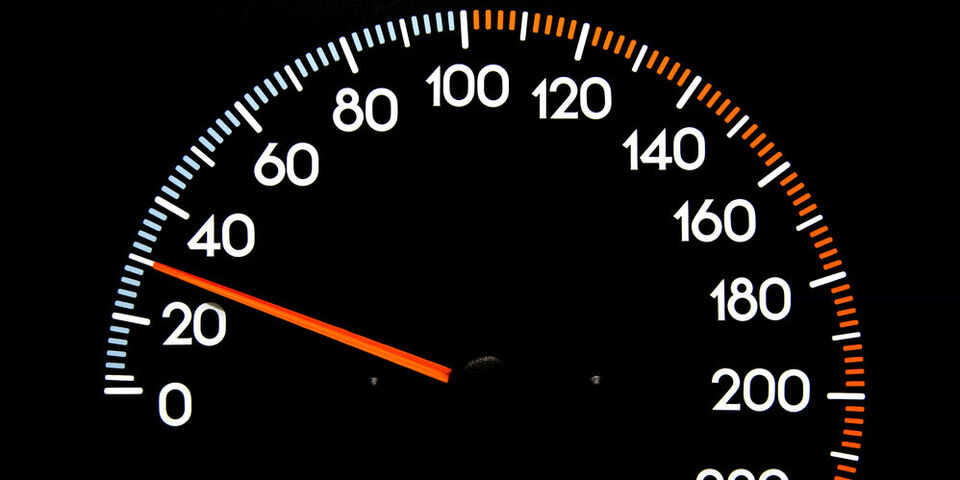Speed limit on campus to be cut to 30 km/h
The official speed limit on the TU/e campus is to be cut from 50 to 30 km/h at the start of next year. The University Council accepted this proposal last Monday, and it will now be turned into an official traffic order by the municipality. After an objection period of six weeks, the speed limit change can be made official.
TU/e has already looked into the possibility of creating a 30 km zone on its campus in the past. However, that required too many adjustments at the time, says Thijs Mooren of Real Estate. “It would have required parking spaces for all cars, for example, while many people also park by the road on the campus. But those requirements have been made more flexible, so all we need to do now to create a 30 km zone is place new traffic signs at the entrances.”
The speed limit change was made in part at the request of the municipality of Eindhoven, which wants to reduce the maximum speed within the city limits wherever possible. Since the TU/e terrain is a privately-owned publicly accessible space, adjustments to traffic rules on the campus can only be implemented jointly, Mooren emphasizes. “Now that the University Council approved the plan, the municipality needs to draw up and publicize a formal traffic order. This is followed by an objection period of six weeks.” A quick calculation shows that as a result, TU/e will only just fail to meet the planned date on which the new traffic rule will go into effect, 1 January 2021.
Enforcement
Mooren says that speeding offences don’t take place very often on the campus, in part because of the road design. It is easier to break the new limit of 30 km/h. Enforcement will be a complex matter, due to the special status of the campus, according to his colleague Simone Vonken. “In principle, the police are responsible, but they don’t consider it a priority.” No police controls took place on the campus in recent years, she says. However, TU/e’s security officers can call drivers to account for their driving, and the university could place extra traffic signs, speed bumps or chicanes, should more compliance with the new speed limit prove to be necessary.


Discussion